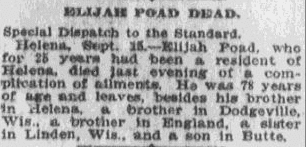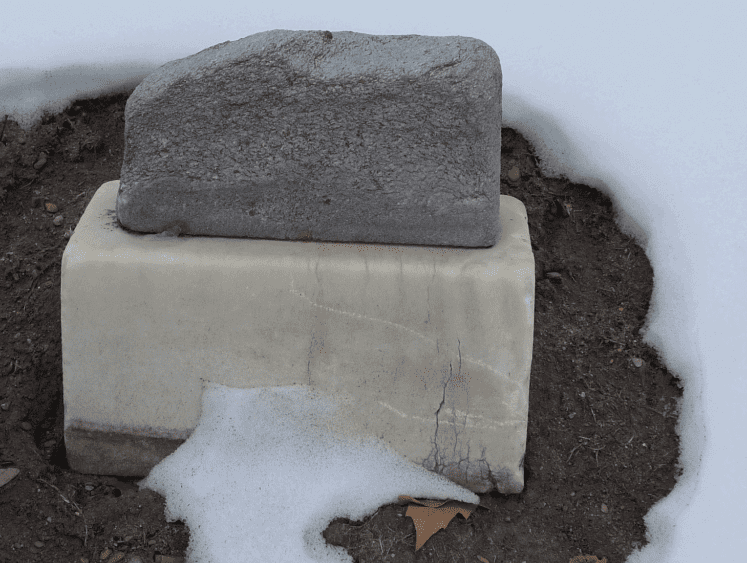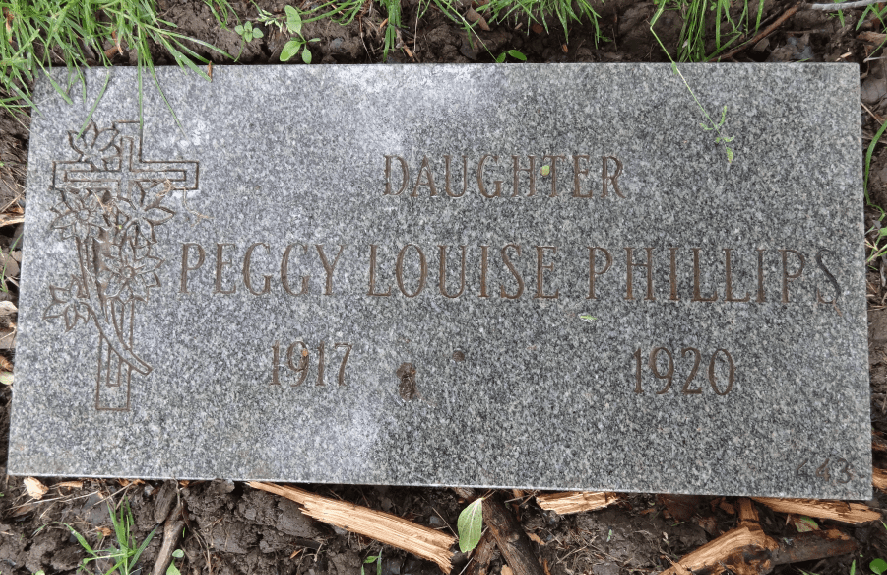Introduction: In this article, Scott Phillips explains the five steps he takes to add an important and emotional aspect to his genealogy research: visiting the cemeteries and recording the grave sites of his ancestors. Scott is a genealogical historian and owner of Onward To Our Past® genealogy services.
As fans of genealogy and family history, there are some wonderful opportunities we can use to follow up on those tidbits of information we discover in newspaper obituaries.
As a personal example, I had been struggling with the family of one of my ancestors, Elijah Poad. It wasn’t until I found his obituary published in a 1910 Montana newspaper that I was able to move forward with my genealogy research, thanks to the listing of his family members and their hometowns. This obituary reported the locations of three brothers, a sister, and a son—five avenues of future research for me to explore.

Certainly the names, dates of the deceased, hometowns, and family members listed in an obituary are important family history clues. There is another important research path that I urge all genealogists to consider after finding their ancestor’s obituary: what we can do when we discover that often-elusive name of the cemetery where their grave is located.
Many obituaries state the cemetery where the deceased was buried. In the example above, Elijah Poad’s obituary didn’t report the name of his cemetery—but the family clues it provided led me to additional research, and eventually I did discover the location of his final resting place.
Whether you find the name of your ancestor’s cemetery in an obituary or through other ancestry research, the question remains: what do you do next?
The following are my top five steps for cemetery follow-up from newspaper obituaries:
1) Have a plan to share what you discover. Before you even begin to work on family information from the obituaries you find, I suggest you have a plan for how to make the best use of these genealogy research discoveries. Sharing is always a nice way to multiply your efforts, so have a plan in place for how you want to do this. For me this means sharing my findings on the BillionGraves.com website. Through their partnership with MyHeritage.com, they have a goal to document every cemetery in the world!
2) Visit the cemetery if you can. While we certainly cannot get to every cemetery that holds the memorials for every one of our ancestors, I suggest that you plan a cemetery trip to each of them that you can—it’s well worth the time and effort. There is something very moving about standing at the gravesite of an ancestor when your genealogy research has discovered their history.
3) Document the location of the graves with maps of the cemetery. Fewer and fewer cemeteries have onsite staff, so you’ll probably have to explore for your ancestor’s gravesite on your own. I store our family tree electronically, and one of the things I always do is scan and attach cemetery maps that I have for each ancestor. I scan a map of the full cemetery as well as section maps and sometimes I add explicit instructions for how to find the grave itself.
I discovered how important this can be from personal grave-hunting experience. It had been several years since I had attended the funeral for a grandparent, but finding myself in that town on business, I decided to stop by the cemetery and pay my respects. I was sure I remembered where the graves were, but I found them only after walking around in the rain for a good hour, making several cell phone calls to other relatives to see if they remembered. So now on our family tree are very specific directions on how to locate these graves.
4) Photograph the grave sites of your ancestors and others. We all know the perils that are aligned against cemeteries everywhere. Time, weather, acid rain and, sadly (all-too-often) vandalism are taking their toll on headstones everywhere. You can see from the following examples why photographs are so important. The first photo is the headstone of Vaclav Knechtl, my great-great grandfather. You can see it is in Czech and, unfortunately, the years of acid rains in Cleveland, Ohio, are taking a terrible toll.

This next photograph shows the headstone of my great-great grandmother Karolina Vicha, which is in remarkably good condition.

Sadly, the tombstone for her husband Josef has been almost totally destroyed by time, weather, and possibly vandals.

Now whenever I am in a cemetery, I not only take photos of my ancestors’ graves, but I also spend a few extra minutes snapping photos of adjacent graves for the BillionGraves project.
5) Get involved and help with cemetery restoration and clean-up. My final step is to get involved and help where and how you can with the local cemeteries. It might be through the local nonprofit that supports the cemetery (you can see an example of this at http://www.wcfcle.org), it might be by joining one of the excellent nonprofits that support cemetery history and preservation such as the Association for Gravestone Studies, or it might be by volunteering for clean up, etc., when needed. You can also report any necessary maintenance issues to the owners of the cemetery.
As you can see from the following two photos, your involvement can make a difference. When I went to visit my father’s sister’s grave, this is what I found.

This is what the gravesite looks like now after the maintenance folks did their magic. Quite a difference!

From a newspaper obituary or other family history documents, you can enhance your genealogy experiences many fold simply by locating your ancestor’s grave site, having a follow-up plan, and helping out those who came before us!
Do you visit any of your ancestors’ cemeteries? I’d enjoy reading about your ancestor grave-hunting experiences through your comments.

Cemeteries are often my first place of research and reference. They hold so much information. I have found a lot of them through the invaluable source of an ancestor’s newspaper obituary. Found a Gailey ancestor’s place of burial by locating his obituary in a Chicago newspaper not long ago. Thanks for this great post, Scott.
Thanks for the kind words, Judith! Nice to hear of your success with your Chicago ancestor!
You are right that there are just so many little clues we can find in obituaries that can then help us in gigantic ways!
Scott
I visited Overton Church of God cemetery in Wayne County, Ohio last Summer and found 160 ancestors there!! It was a wonderful day. I’m still looking for Smiths and Mowrys and Lehrs and Hawks.
Linda, 160 has got to be some kind of record! Congratulations and way to go! That is truly amazing!
Keep up the good work!
Scott
When I was researching great grandparents, I discovered my maternal ones did not have a stone in the local cemetery where I grew up. So James L Robinson and Millicent Davidson now share a stone in Rosehill Cemetery in Rockwell City, IA. He died in CAN in 1921 and she died in Pomeroy, IA 1968.
I am lucky to have so many cousins and other relatives that have been able to help me in my research. I am not quite 19, but I have a optimistic goal to locate, visit, and document the graves of all 8 of my great grandparents, all 16 great great grandparents, and all 32 great great great grandparents, all before I graduate from College. Out of 56 graves total, 53 have been located, and 49 of those have been visited and documented. I plan to visit those 4 others located this summer, and continue to search for those 3 that have been elusive for so long.
What a great family history goal to pursue, Nicholas! Good luck finishing this task.
Consider that sometimes older adults who could no longer care for themselves were sent to an alms house or county home. They weren’t all destitute.